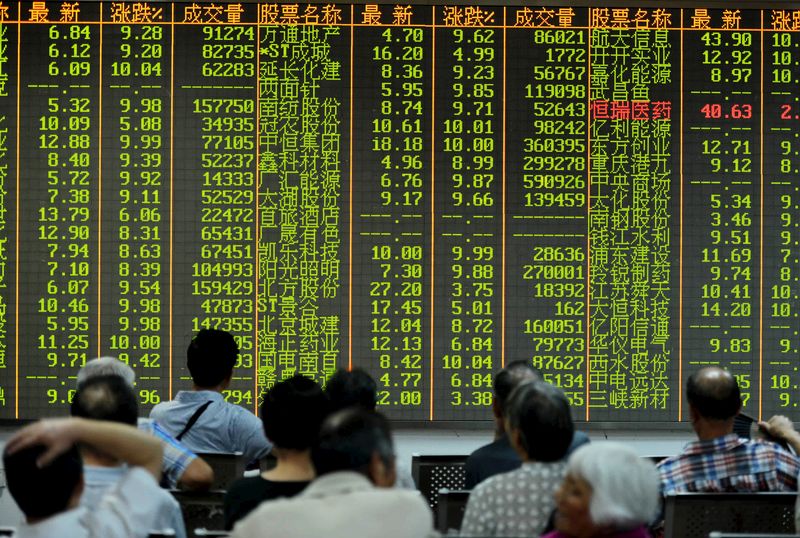Investing.com — Equity markets have been on the rise recently, with cyclical stocks outperforming defensive ones for the first time since May.
The surge followed a substantial 50 basis point (bp) reduction in interest rates by the Federal Reserve last week, signaling a strong commitment to maintaining economic growth, and boosting hopes for a successful “soft landing.”
Elsewhere, this week saw China introduce a series of unexpected stimulus measures aimed at supporting its economy.
These steps included cuts in interest rates, easing of mortgage down payment requirements, and improved liquidity support for the stock market.
“The coordinated effort helped lift sentiment towards beaten down Chinese equities and markets leveraged to the region, particularly Europe,” Barclays strategists noted.
While the long-term impact on China’s structural growth remains uncertain, the current sentiment is optimistic. Economists are considering the potential effects of a proposed CNY 5 trillion property stabilization fund and a CNY 4 trillion consumption/local government subsidy over the next two years.
According to Barclays, these initiatives could contribute an additional 1 percentage point to China’s gross domestic product (GDP)
“The China put, in the form of potential incremental stimulus to come if growth slows more, may drive more fear of missing out (FOMO)” among investors, strategists continued.
China’s onshore equity benchmark, the Shanghai Shenzhen CSI 300, surged over 15% this week, achieving its largest weekly rise since the global financial crisis. Simultaneously, the NASDAQ Golden Dragon China Index, which tracks Chinese stocks listed in the U.S., climbed around 18% during the same period.
Within European equities, defensive positioning still prevails, “so more risk-on rotation is the pain trade,” Barclays said.
“We would not fade the rally, but keep a cool head given the significant tariff risks in the case of Trump being elected president,” they added.

